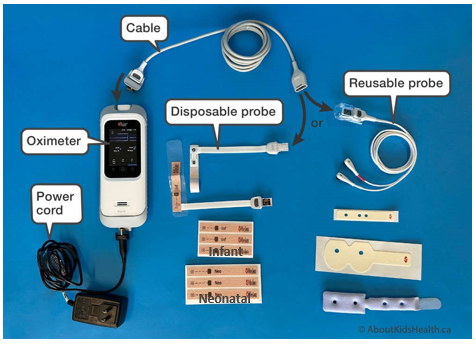HINT: How to care for a child receiving medication via subcutaneous infusion
Connected Care Quick Hits are up to date and evidence based recommendations for the care of children with medical complexity & technology dependence, from hospital to home.
HINT: How to care for a child receiving medication via subcutaneous infusion
SITUATION:
This QuickHit was informed by Connected Care Live consults from home and community care providers inquiring about care considerations for children receiving medications via subcutaneous infusion.
BACKGROUND:
Subcutaneous medication infusions are used in home and community care for a variety of paediatric populations and clinical indications, such as symptom management during end-of-life care (e.g. opioids, benzodiazepines) or the administration of other high-risk medications (e.g. Factor, Insulin, Treprostinil).
Benefits of subcutaneous infusions include that they allow for prolonged and slow release of a medication into the blood stream while preserving a child's mobility and comfort.
Infusions by the subcutaneous route may be appropriate for use in children in home and community care when other routes of administration are not safe or comfortable. Indications may include decreased level of consciousness, dysphagia, aspiration risk (making oral medications unsafe) or lack of IV access.
ASSESSMENT:
A subcutaneous infusion set is used to deliver a medication via continuous infusion and/or breakthrough (bolus) dosing. Common devices in home and community care are the CLEO 90 and the BD Saf-T-Intima Device.
A subcutaneous infusion set works by inserting a small catheter into the subcutaneous tissue using a needle. The needle is removed, and the catheter is secured with a dressing or tape. Tubing is connected to the device to deliver the medication via pump (e.g. CADD pump).
When using a subcutaneous infusion device, frequent assessment of the infusion site is encouraged to monitor for the following:
Rate and flow of the medication
Partial or complete dislodgement of the needle and/or disconnection of the tubing
Condition of the skin at the infusion site and complications in surrounding tissue such as:
Blanching
Firmness
Pain
Warmth
Redness
Edema
Drainage
Sloughing of tissue
Bleeding
Abscess
RECOMMENDATION:
Connected Care recommends the following considerations for subcutaneous medication delivery:
1. Select an appropriate site for the subcutaneous infusion device. Choose a site that has adequate subcutaneous tissue to support the cannula and fluid volume.
Preferred sites include:
Posterior aspect of upper arm
Anterior and lateral aspects of the thighs and hips
Abdomen
2. Set total volume to be infused to NOT exceed 3 mL per hour combined from continuous and bolus doses. Higher volumes can cause poor absorption, leakage, and discomfort.
3. Establish separate sites if more than one medication is needed via the subcutaneous route and the medications are incompatible. Label each site with the name of medication dedicated for its use.
4. Change subcutaneous devices and rotate the infusion site(s) every 2-7 days or as clinically indicated based on the condition of the site and patient status and preference (e.g. some children at end-of-life prefer not to have their sites changed).
5. Prime the cannula when initiating bolus dosing via a new device. Refer to manufacturer guidelines for individual priming volumes. Subsequent doses with an existing device and continuous infusions do not require priming.
For information specific to CLEO 90 or BD Saf-T Intima Device, the following links provide additional resources.
CLEO 90 Infusion set training guide
CLEO 90 Infusion demonstration
BD Saf-T-Intima for Subcutaneous Infusion Therapy
Consider a Connected Care Live Consult to access evidence-based resources and receive coaching to support your paediatric practice!















